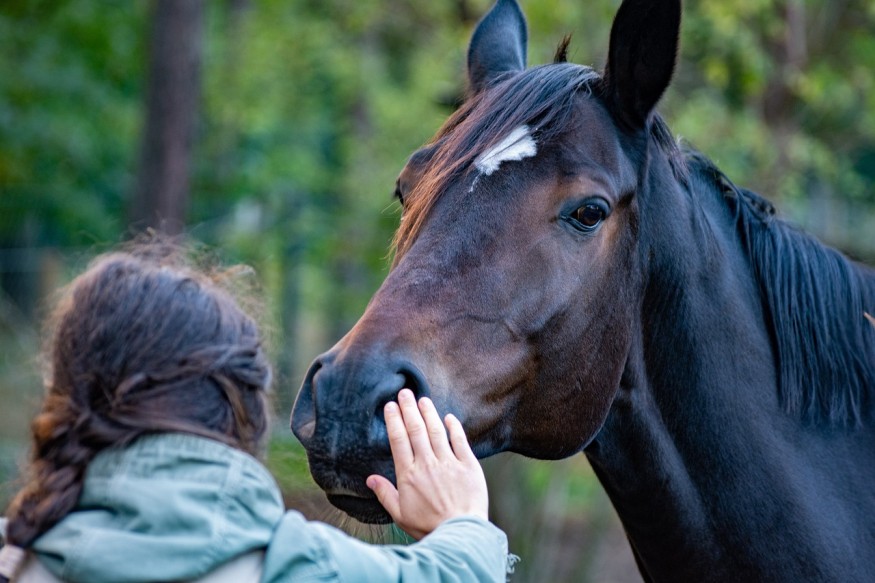A recent study has found that an ancient viral infection may have given vertebrate animals the ability to become fast, coordinated, and smart.

Understanding Mysteries of Myelin Production
Millions of years ago, ancient viruses infected vertebrates and played a pivotal role in the evolution of their advanced brains and large bodies. This has been the conclusion of a team of scientists led by computational biologist and geneticist Tanay Ghosh.
In the study entitled "A retroviral link to vertebrate myelination through retrotransposon-RNA-mediated control of myelin gene expression," the researchers examined the origins of myelin. They suggest that a gene sequence acquired from retroviruses, or viruses that invade their host's DNA, is crucial for myelin production and that code can now be found in modern vertebrates.
Myelin is the insulating layer of fatty tissue that forms around nerves and enables electrical impulses to travel faster. Its main function is to protect and insulate the axons by forming a protective coating or sheath.
Ghosh searched through some genome databases to discover the genetics likely related to the cells producing myelin. He was specifically interested in exploring "noncoding regions" of the genome, which have no apparent function and were once considered junk but are now acknowledged as having evolutionary importance.
His search landed upon a specific sequence derived from RetroMyelin, an endogenous retrovirus that has long been lurking in the genes of mammals, amphibians, and fish. To test their finding, the research team conducted experiments where they knocked down the RetroMyelin sequence in rat cells. They discovered that these cells no longer produced a basic protein to form myelin.
Ghosh and his colleagues also searched for RetroMyelin-like sequences in the genomes of other vertebrate species. They found similar code in jawed vertebrates - birds, reptiles, mammals, fish, and amphibians - but not in jawless vertebrates or invertebrates. This led them to conclude that the sequence appeared in the Tree of Life around the same time as the evolution of jaws during the Age of Fishes, or 360 million years ago in the Devonian period.
READ ALSO : Ancient Virus That Infected the First Animals Is Now Crucial For Human Development, Study Reveals
Complex Brains, Faster Reactions
According to neuroscientist Robin Franklin of Altos Labs-Cambridge Institute of Science, there has always been an evolutionary pressure to quickly make nerve fibers conduct electrical impulses. If animals do it quicker, then they can act faster. This ability benefits both predators trying to catch prey and animals trying to flee.
Myelin allows the conduction of rapid impulses without widening the diameter of nerve cells, making them packed closer together. This lipid-rich material also provides structural support, enabling nerves to grow longer, leading to longer limbs. In the absence of myelin, invertebrates have other ways to transmit signals faster, such as the giant squid, which has evolved to have wider nerve cells.
Finally, the scientists wanted to find out if the retroviral infection happened only once to a single ancestor species or if it happened more than once. After analyzing the RetroMyelin sequences of 22 jawed vertebrate species using computational methods, they discovered that the sequences were more similar within than between species, suggesting multiple waves of infection.
Check out more news and information on Retrovirus in Science Times.









